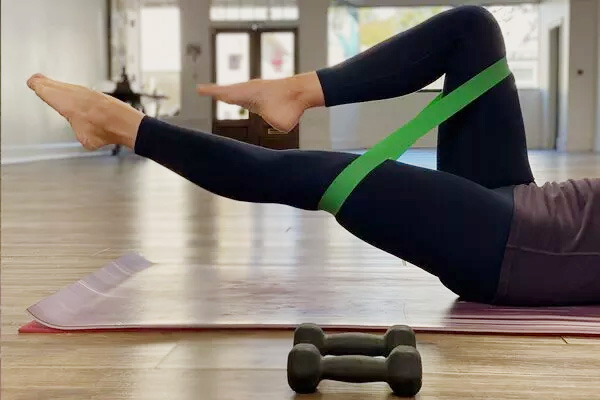Soon after SARS-CoV-2 became a global pandemic in 2022 the British Journal of Sports Medicine (BJSM) published a Graduated Return to Play (GRTP) plan for medical professionals and athletes. It outlined the safe return to exercise and training for those infected with the virus.
As the pandemic spread throughout the world and professionals increased their understanding of the virus there has been new research published showing more detailed outcomes from cardiac and respiratory assessment.
The concept of gradual return to play however remains current advice. In April 2022 BJSM shared an updated GRTP protocol taking the new research into account to help athletes and their coaches or support people manage respiratory infections and return to competition as soon as possible.
While the GRTP is based on findings in research from elite athlete cohorts it is relevant for anyone who plans to return to a programme of exercise or training after being infected with Covid.
The GRTP
The GRTP defines five stages of gradual build up to full participation in sport or exercise. In each stage the permitted activity type and duration, and maximum heart rate vary. Participants must stay in the stages for a minimum length of time. Depending on a participants type of symptoms the GRTP will take varying lengths of time to complete. It may take some participants several weeks to gradually return to their sport or full exercise regimes.
The GRTP should be undertaken under medical supervision.
Stage 1: The focus is on resting for at least five days to allow recovery. Stage 1 only permits normal daily activities and walking. Only participants with below-neck symptoms need to complete this stage. It’s important to see some improvement before moving on to stage two.
Stage 2: Now it’s time to start increasing the heart rate with light activities like jogging for no more than 30 mins. It’s important to keep the heart rate below 70%. Stay at this level for at least 2 days.
Stage 3: For the next two days build the intensity and duration of exercise in periods of up to 60 minutes. Get the heart rate up to 80%
Stage 4: If your isolation period is complete, you can resume your normal training or exercise regime. Keep the duration under 60 mins each time and your heart rate under 80%
Stage 5: return to competition

The Type of Symptoms Effects the Plan
With a better understanding of how the Covid virus typically presents, we can now group COVID sufferers into two categories based on their symptoms. In category one, the symptoms are above the neck, for instance, cough or loss of taste and smell. In the second, they are below the neck, including fever, shortness of breath and chest pains. Some studies highlighted that cardiac complications arise in patients with symptoms that localise to the lower chest (below the neck) during acute illness and where exercise causes the heart rate to increase.
Where patients only experience symptoms above the neck, they are more likely to recover quickly and, therefore can resume full training or exercise programmes sooner than patients with below-the-neck symptoms.
Before even starting the first stage of the GRTP, all participants must be able to complete all daily living activities and walk on the flat without excessive breathlessness or fatigue. However, those with only above-the-neck symptoms can skip stage one.
It’s important to monitor symptoms throughout the GRTP, and if there is any change, it may be necessary to go back to an earlier stage. At a minimum, participants should take a rest period of at least a full day.
GRTP Clinical Red Flags
Anyone returning to an exercise programme or training after suffering Covid should be aware of the Red Flags and always monitor for these. A medical practitioner should be consulted immediately if a red flag occurs.

